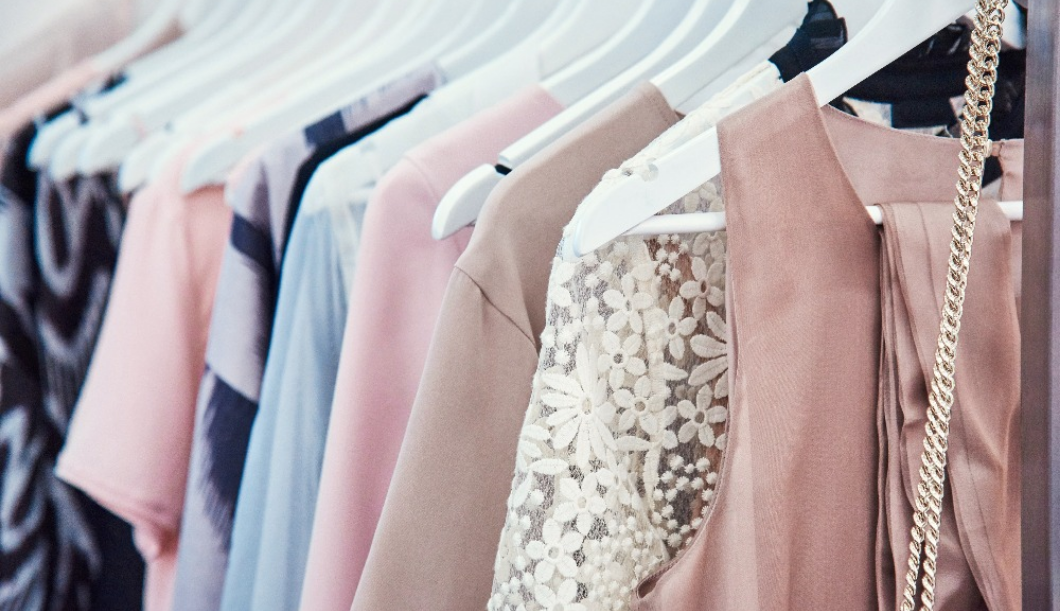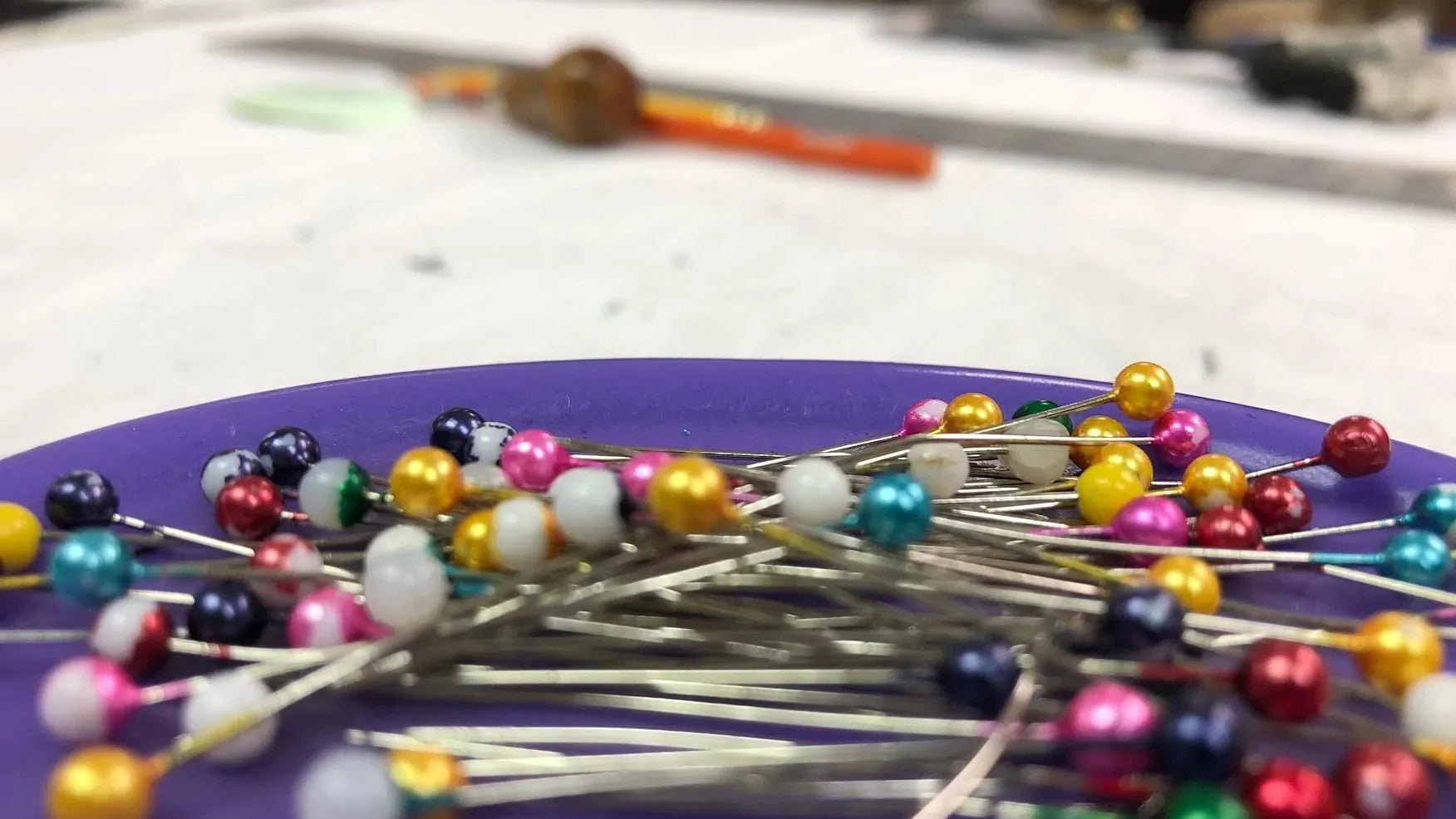Clothing Care Tips: Dry Cleaning vs. Hand Washing
Build a sustainable wardrobe by extending your garments’ lifespan
If you want your clothes to last longer, then learning how to clean them should always be your first step. Washers and dryers are convenient but can cause damage over time if not used correctly. When preserving your wardrobe, your best two options are dry cleaning or hand washing. But how do you know which one works best?
We’ll take a closer look at both options and see which fabrics require special cleaning. When washed correctly, even older items can stay intact for years.
Dry Cleaning

Higher-end fabrics like silk, chiffon, and velvet should be dry cleaned to help maintain their original shape and luster. Certain styles of clothing also need professional care, as regular washing can distort or destroy them over time. This includes:
-Blazers and suits
-Evening dresses
-Embellished Items
-Pleated garments
Dry cleaning is also the best way to get rid of impossible stains. Most professional cleaners have special-grade stain removers that work harder than commercial products.
Any detachable elements, such as a belt, should be taken off before heading to the dry cleaners so they don’t get lost. Ask if special buttons or buckles can be removed and reattached, as the dry cleaning process can tarnish metals and ruin embellishments. Many cleaners can offer this service, but if yours does not, then you can cover them with aluminum foil to protect them.
When it comes to evening dresses and gowns, always choose dry cleaners that specialize in cleaning wedding gowns and theatrical costumes. While they may cost extra, keeping your dress intact is well worth it.
Also, for those concerned about harsh chemicals, there are green dry cleaners available now. Ask your neighborhood dry cleaner what they use, or do a little digging around on your own.
Getting your clothes properly dry cleaned is expensive, but it’s also a necessary investment. Maintaining your clothes helps them last longer and gives you many years of enjoyment, making it worth the price in the end.
Hand Washing

Technically you can hand wash almost any garment, as it’s gentle and easy. But certain materials such as wool knit, cashmere, and lace absolutely require this method. So on laundry day, always set aside cardigans, scarves, lingerie, swimwear, and other undergarments.
As for the process itself, it's fairly simple:
1. Fill a small tub with cool water and add the recommended amount of detergent. One tablespoon for every three items of clothing usually does the trick.
2. Submerge your clothes and swish them around with scrubbing or twisting.
3. Remove your items and drain the tub. Then refill with cool water and rinse them out thoroughly.
4. If needed, repeat this process until dirt and stains are fully removed.
Also, remember to pretreat stains or smelly areas beforehand to make this process easier.
Furthermore, how you dry hand-washed garments is just as important as the washing process itself. As a general rule of thumb: if you took the time to hand wash a garment, let it dry naturally instead of tossing it in a dryer.
For example, when hand washing knits and sweaters, always dry them flat afterward. Hanging a wet sweater to dry will cause it to lose its shape. And delicate fabrics like lace should also be air-dried since a machine dryer can shrink them.
Tips to Remember
Always pay attention to the care label no matter what. Those water temperature, drying, and ironing instructions are there for a reason. Some fabrics like rayon or acetate can become distorted when submerged in water. So if you take the risk of hand washing it, you may regret that decision.
AYSHA NY Makes Clothing Care Easy
Here at AYSHA NY, all our items are dry clean only. We use high-quality imported fabrics that last for years when given the proper care. And, upon purchase, we’ll even give you additional instructions and some recommendations for where to take your clothes.
For all clothing care questions, click the button below to send an email.
More Blog Content

































